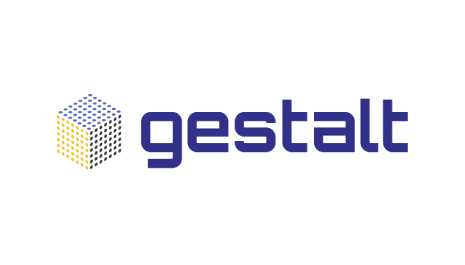Adoption of AI by Consumer Lending Companies is Accelerating. Is Your Data Ready?
Abstract: The adoption of artificial intelligence (AI) is significantly transforming the consumer lending landscape, emphasizing the critical need for clean and organized data. Many lenders eager to implement AI find themselves hindered by the quality of their existing data, leading to ineffective models and risky financial decisions. This article underscores the importance of robust data management as the foundation of successful AI deployment in lending. It highlights real-world challenges and successes, illustrating how properly leveraged AI can enhance risk assessment, streamline operations, and promote financial inclusion. By centralizing and cleaning data, identifying AI opportunities, and partnering with analytics experts, lenders can harness AI’s full potential to drive innovation and maintain competitiveness in the evolving digital economy.
The landscape of consumer lending has witnessed remarkable changes over the past few decades, driven largely by advancements in technology. Today, the adoption of artificial intelligence (AI) stands as a pivotal force reshaping the industry.
No doubt AI is proving it’s worth for lenders. However, many lenders are jumping on the AI bandwagon only to find the ride a bumpy one. The reason is fundamental. They haven’t cleaned and organized their data first – a critical prerequisite.
Is Your AI Model Built on Sand?
Data determines the efficacy of any AI model. Garbage in, garbage out, as the saying goes. When lenders build AI models with disorganized or erroneous data, they risk losing their shirt.
For example, one fintech lender had been using AI in risk decisioning but was still struggling with turning a profit. After some investigation, it turned out the lender’s AI model could only use certain well-formatted data and didn’t use disorganized data. The kicker was the disorganized data contained valuable information, such as whether a consumer had paid on-time on their previous loans. Due to the limitation, the lender’s AI model approved many consumers with a delinquent history with the same lender!
Sadly, this lender’s experience is not unique. Disorganized data has plagued financial institutions and fintechs alike for decades. Before your team builds an AI model, ask yourself these three questions: Is my data well organized? Can I quickly understand the root cause of model performance? How do I ensure my AI model is built on a strong foundation?
The Promise of AI
When used correctly and built on solid data, AI promises huge rewards for both the lenders and the customers they serve.
Here’s a great example of that. A used-car auto lender decided to use AI to improve their lending decisions in the post-COVID era. They faced a complex challenge, because used-car values were declining while delinquency rates were climbing. Instead of simply retreating or applying basic rules-based methodology, the lender wisely turned to AI models to assess risk.
Working with organized and centralized data, the lender not only assessed risk on through-the-door applicants, but also back-tested its AI model on COVID-era and pre-COVID historical records. As a result, the lender successfully defended its bottom line, while providing much needed car loans to working class consumers who rely on cars for their daily commute.
For this lender and others, AI promises to be a champion of business growth and drive financial inclusion even in challenging environments.
3 Steps to Adopting AI
As clean, organized data is the path to success with AI, like the example above demonstrates, the first step to adoption for lenders shouldn’t come as a surprise.
- Step 1: Centralize and clean your data
Centralizing data is foundational to effective AI adoption. Lenders must consolidate information from disparate systems into a unified repository, enabling seamless access and analysis. A data warehouse offers the ideal solution for this and are now within reach of all lenders, not just the big ones.- Step 2: Identify AI opportunities
With your data centralized, you can explore various opportunities for AI integration into your business, including enhancing risk models, automating processes, and improving customer service. AI offers multifaceted benefits across lending operations.- Step 3: Partner with analytics companies
Collaborating with external analytics firms can expedite AI adoption. By leveraging the expertise of industry specialists, lenders can unlock insights, refine strategies, and optimize decision-making processes. Data warehouse providers should be able to help on this front by offering key integrations.
The Data is In
Adding AI capabilities to your lending platform is a strategic imperative. Whether you’re leveraging existing AI solutions or developing custom algorithms, lenders can harness the power of AI to drive efficiency, accuracy, and innovation. The key is building on a strong foundation of clean, organized data on which AI can function at its best.
As technology continues to evolve, AI adoption will become increasingly ubiquitous, reshaping lending practices and redefining customer experiences. Lenders that embrace AI – and clean data – today will position themselves as leaders in tomorrow’s digital economy.
About the Author
Stephanie Hanson is CEO of Gestalt Tech, Inc., where she’s helping level the playing field for lenders with an out-of-the box data warehouse that’s 80% built out, 20% configurable, and 100% game changing.


